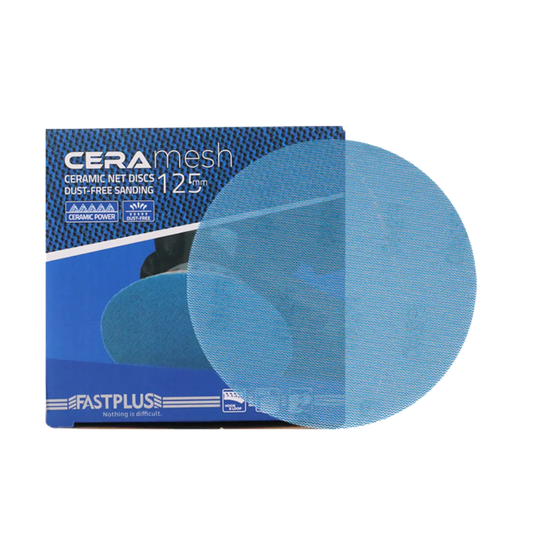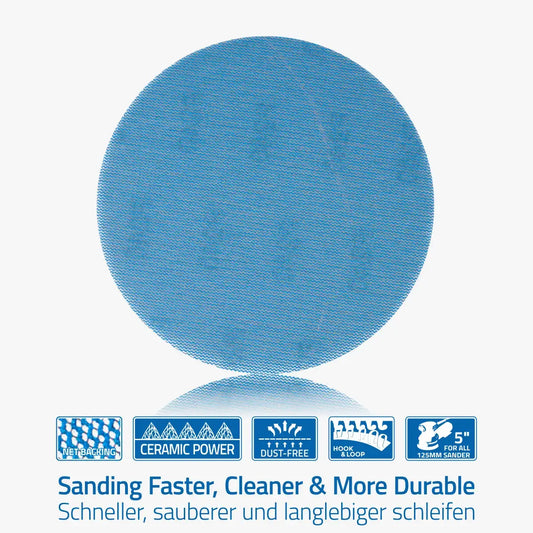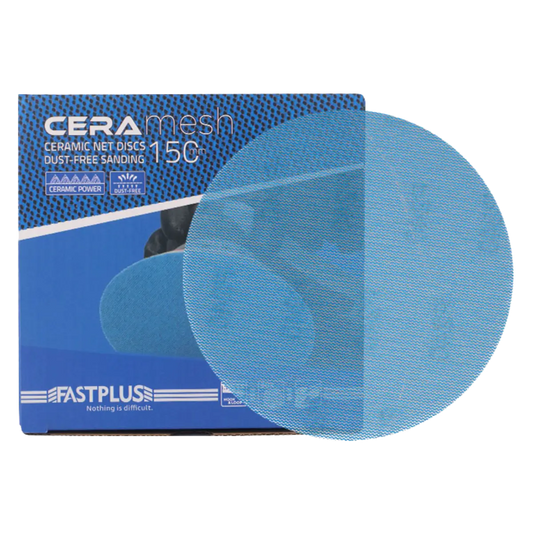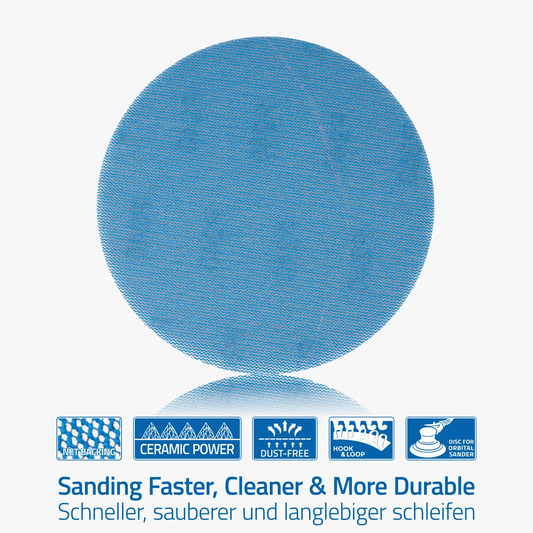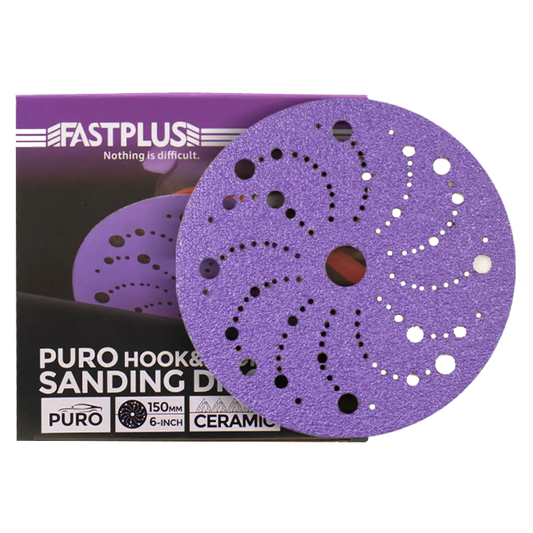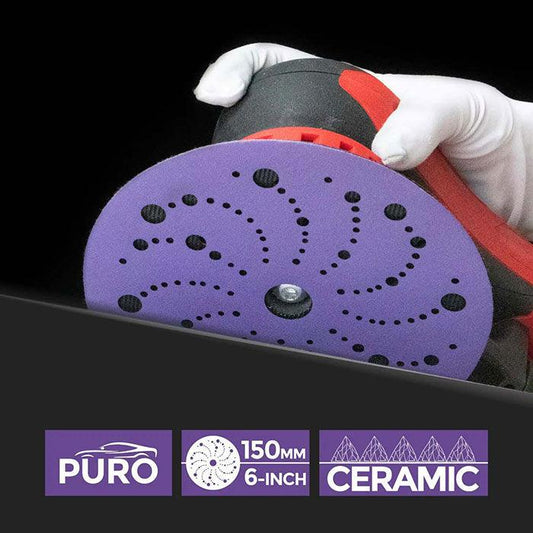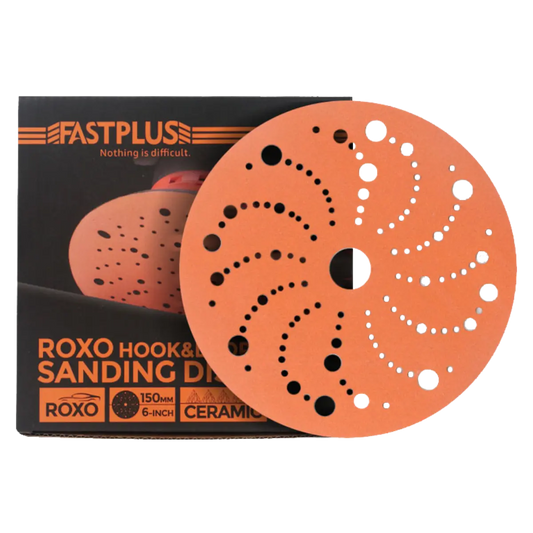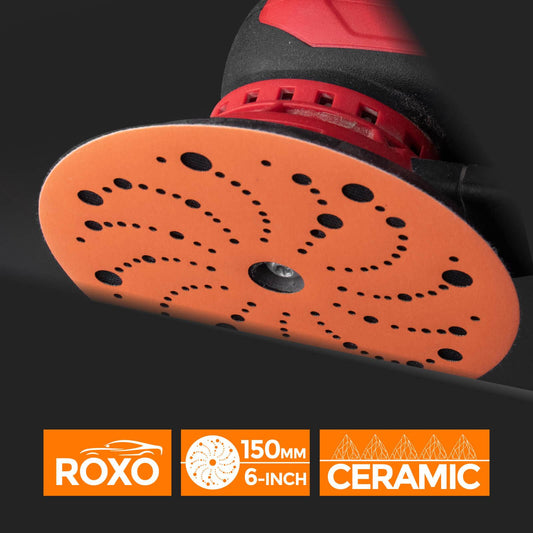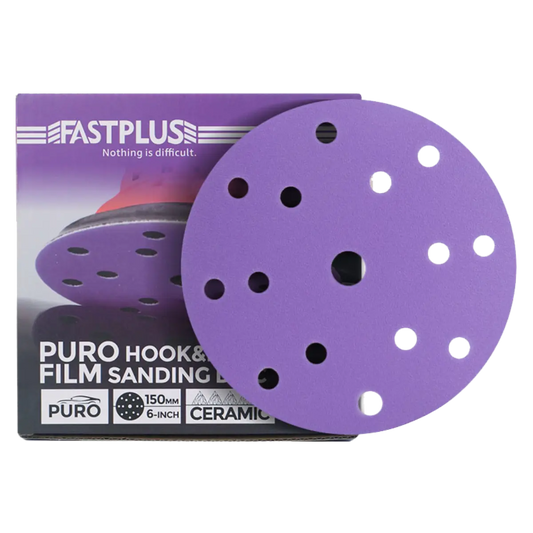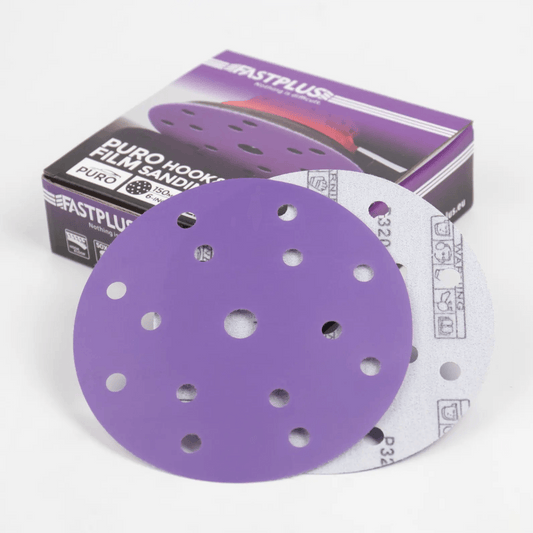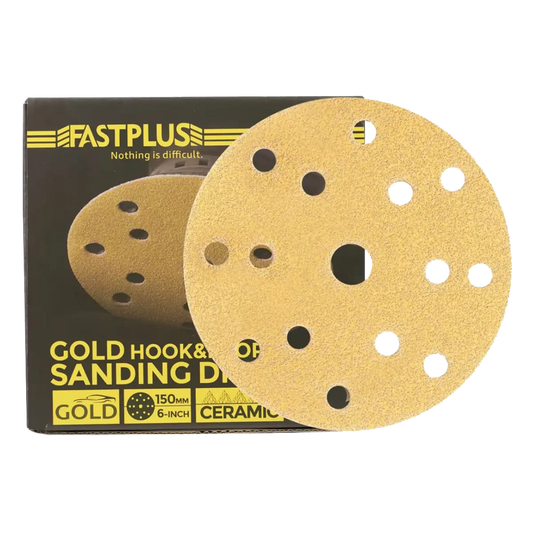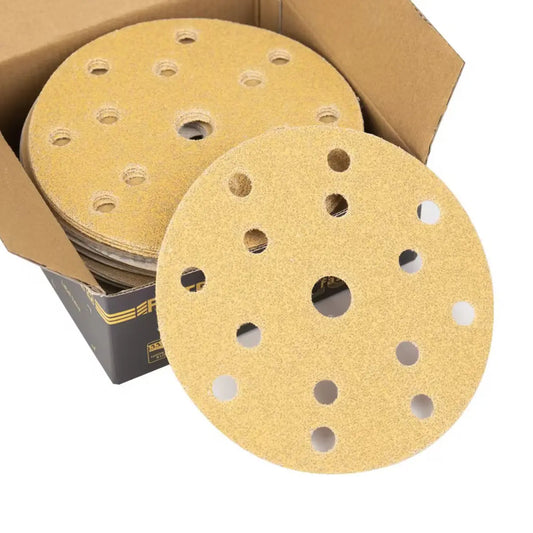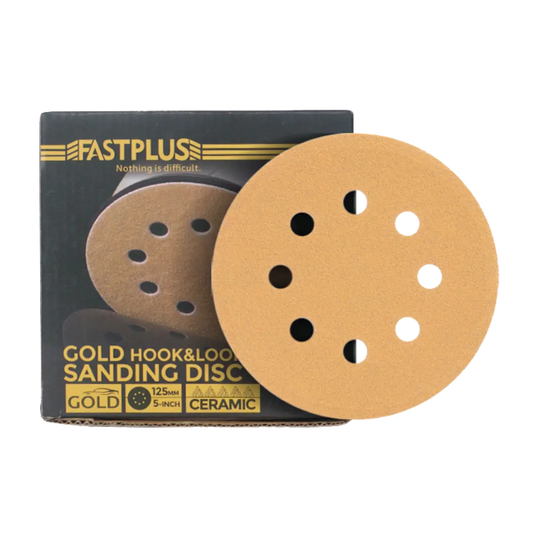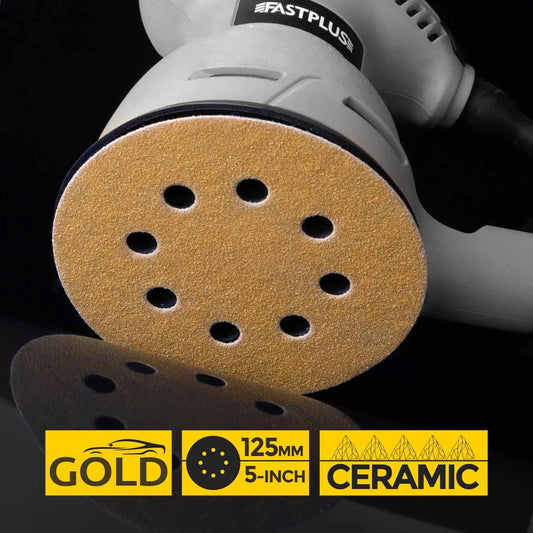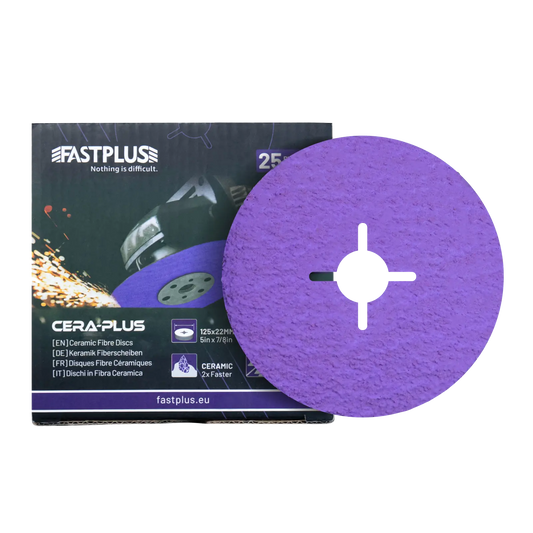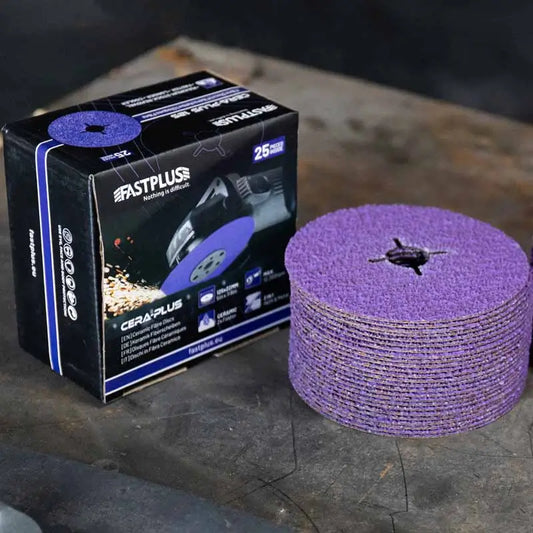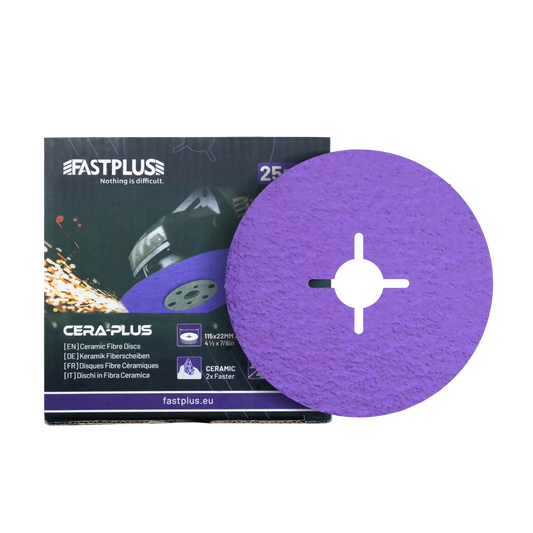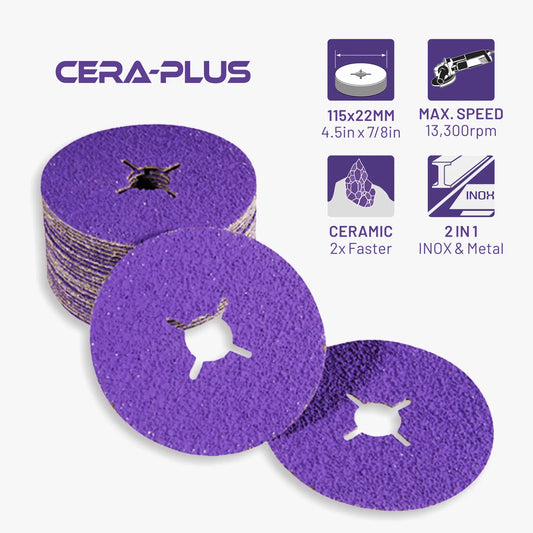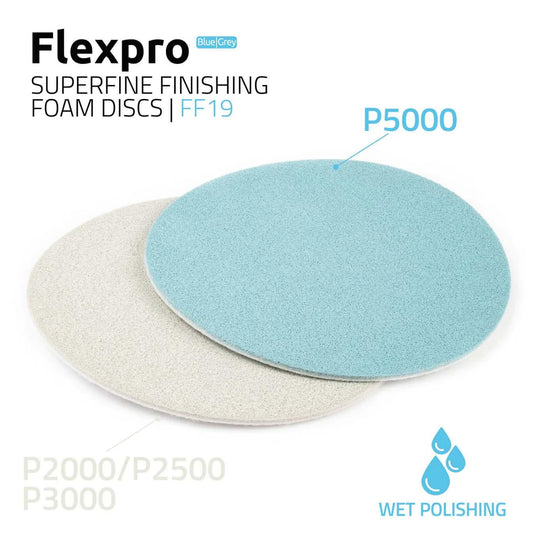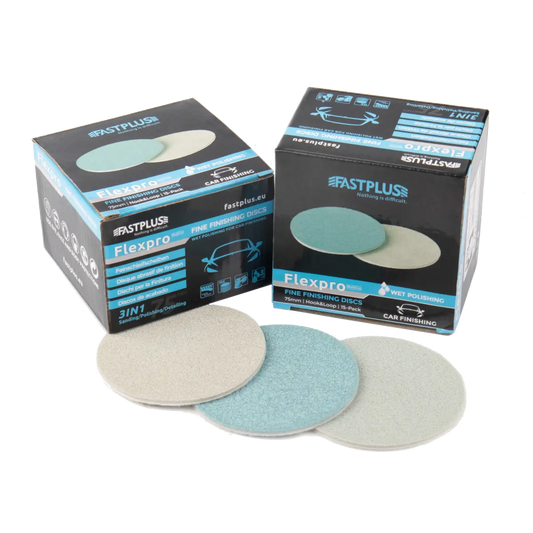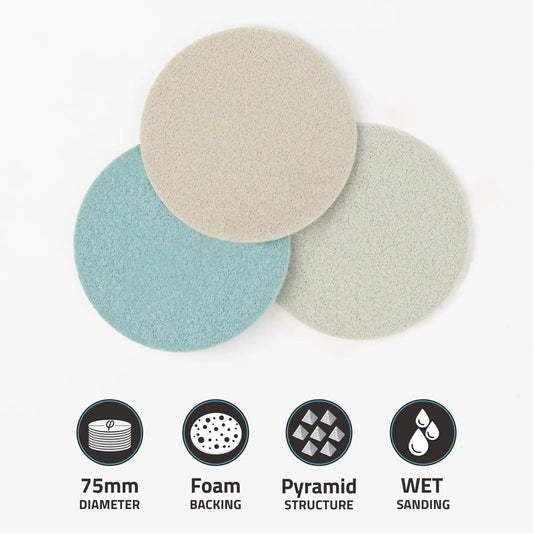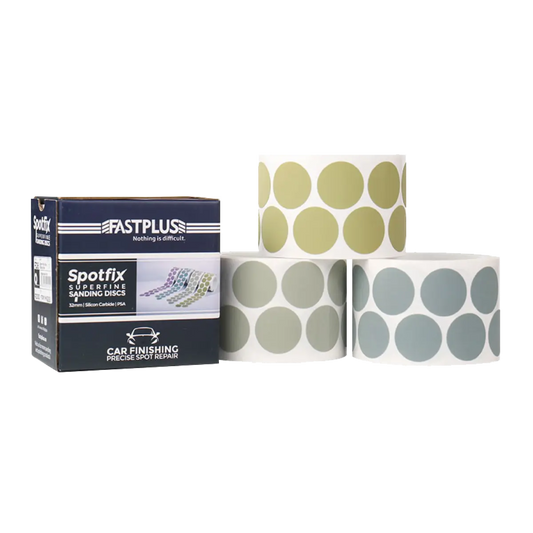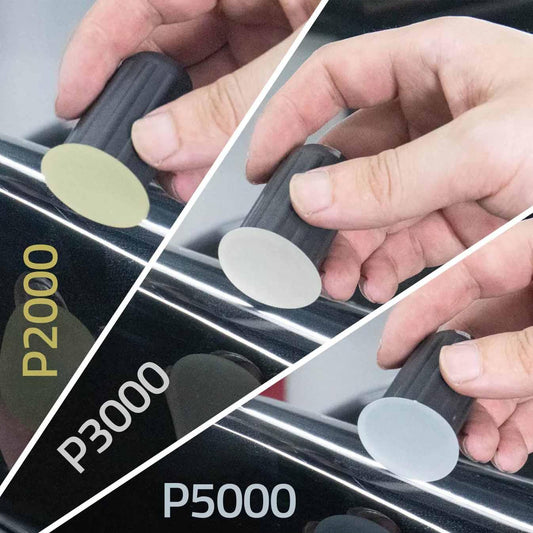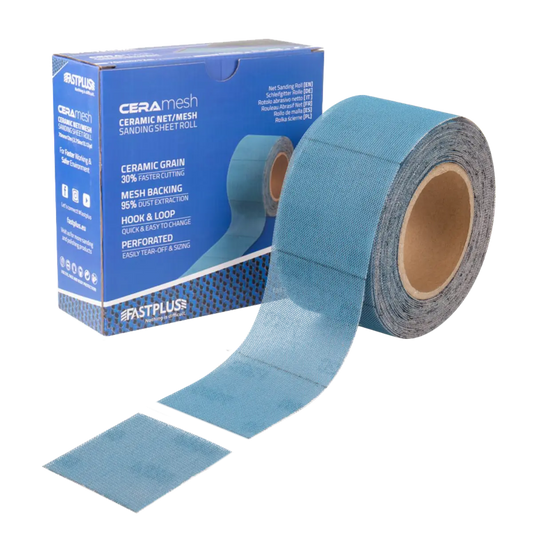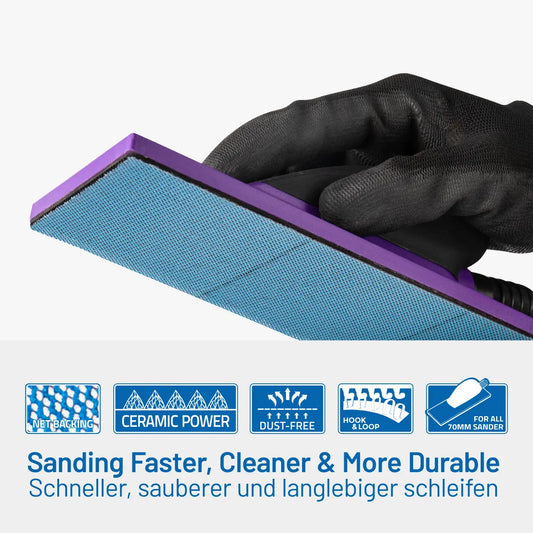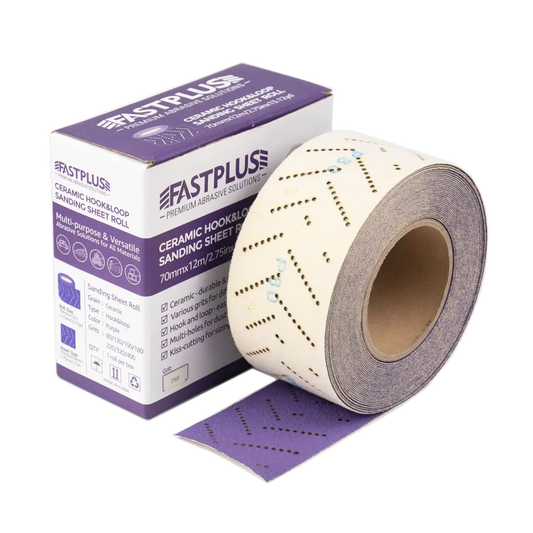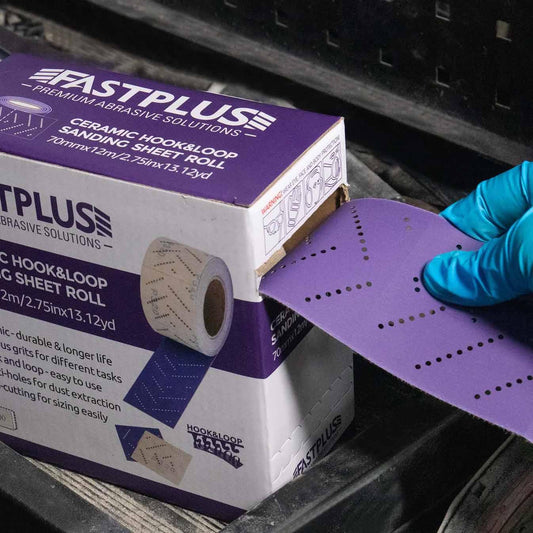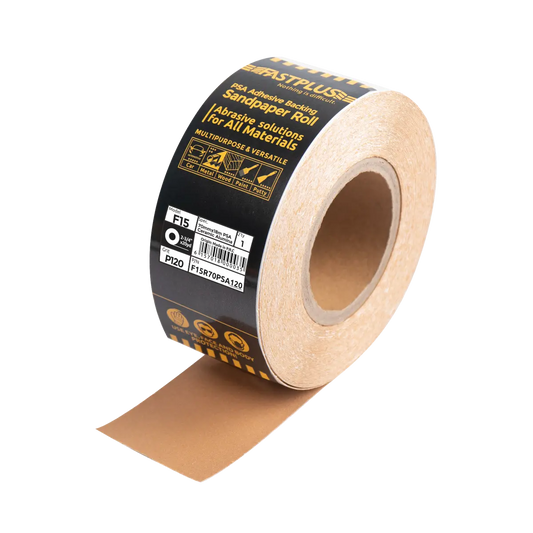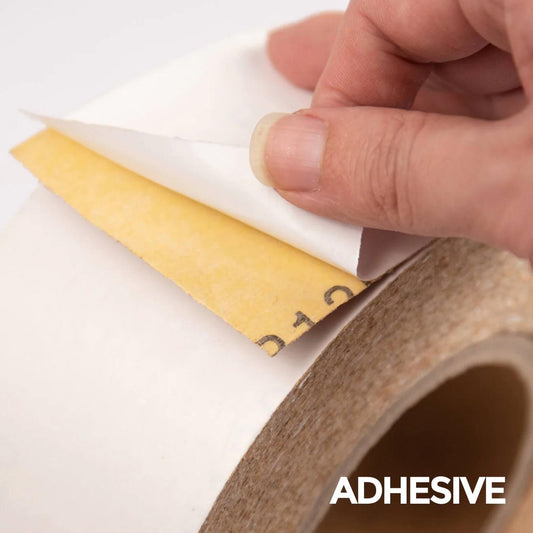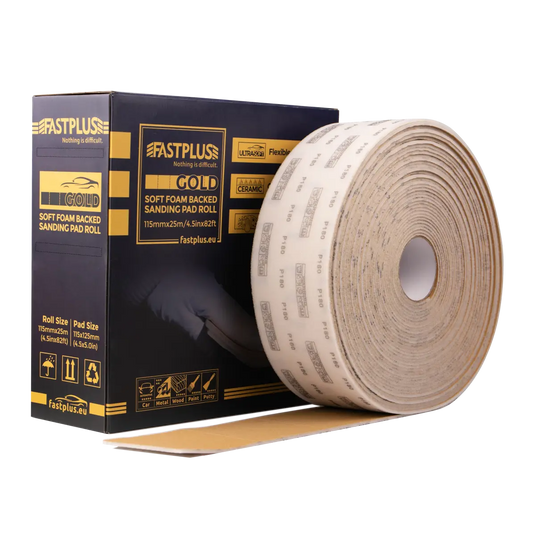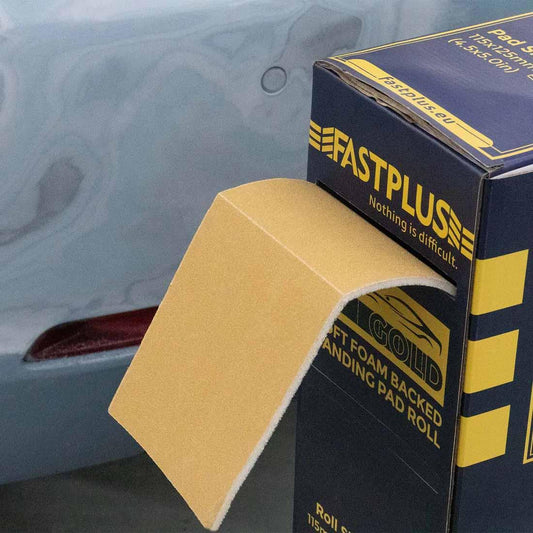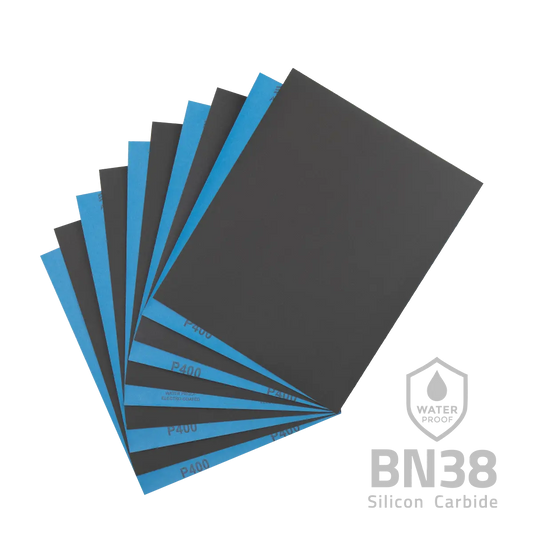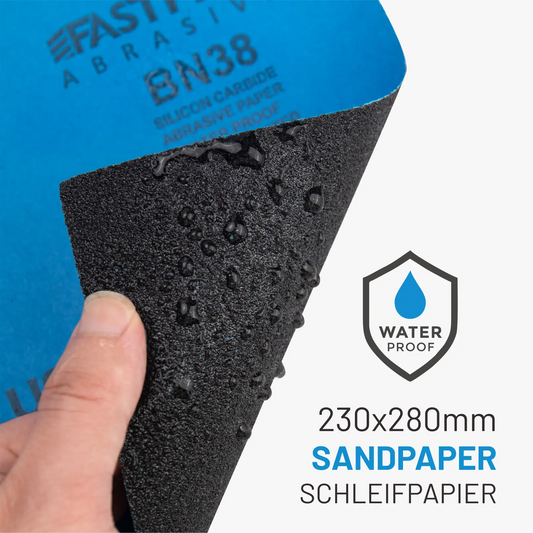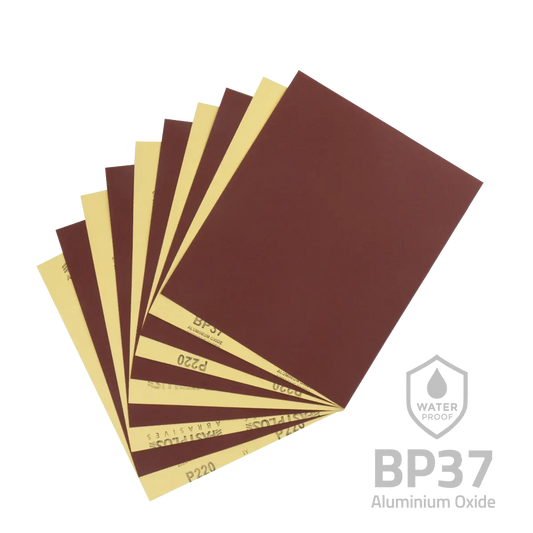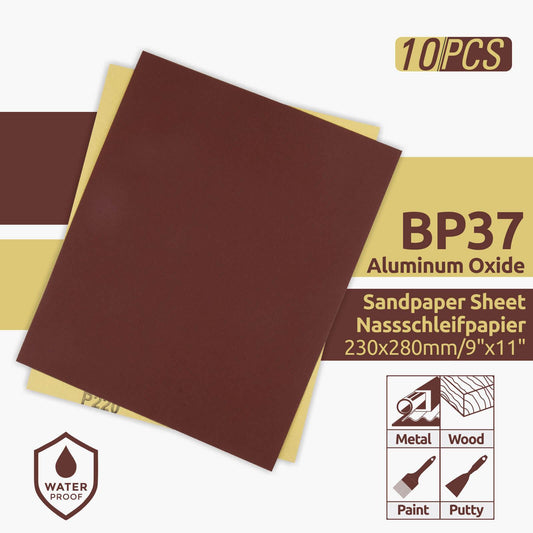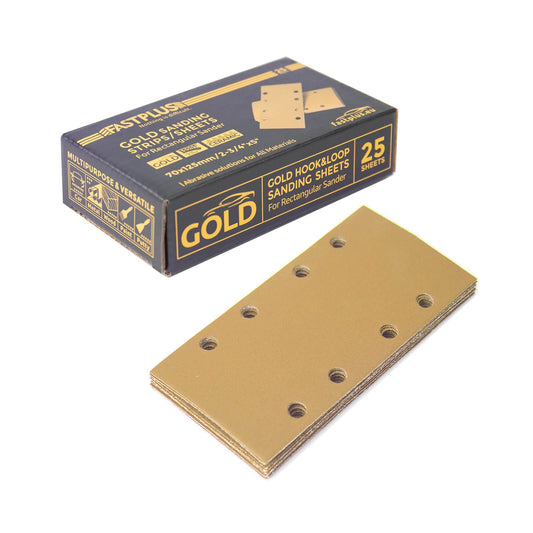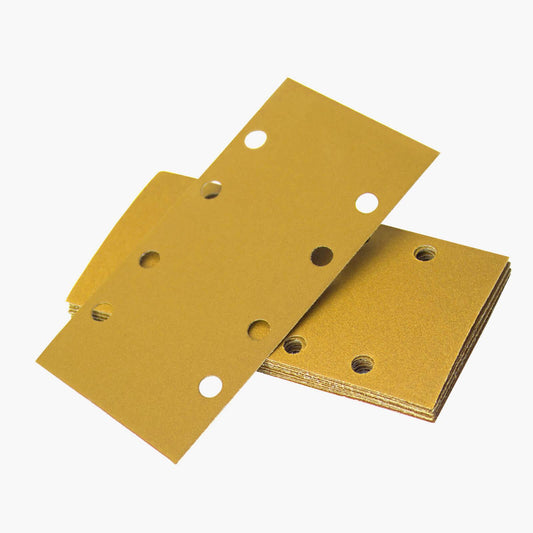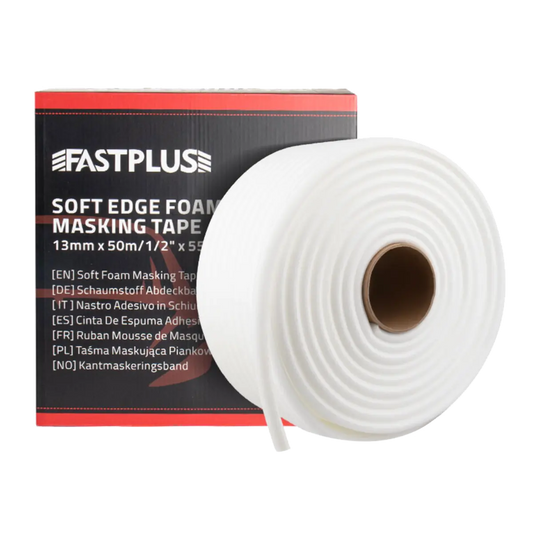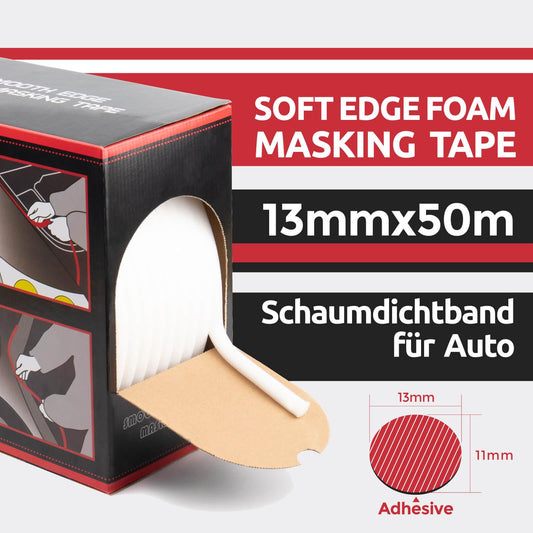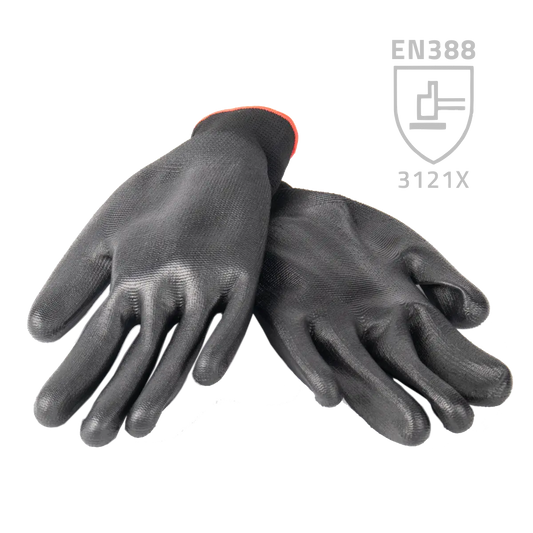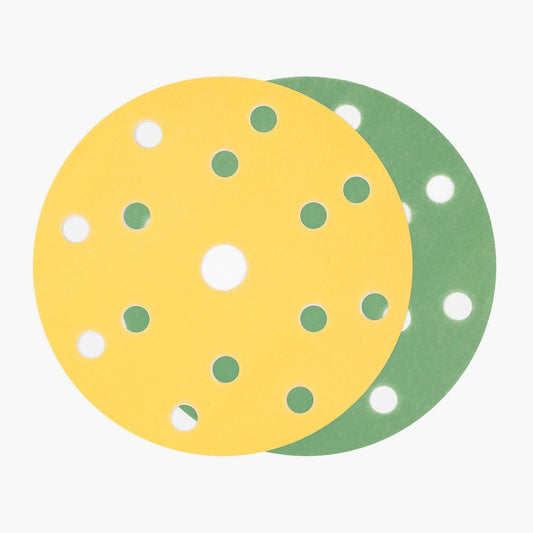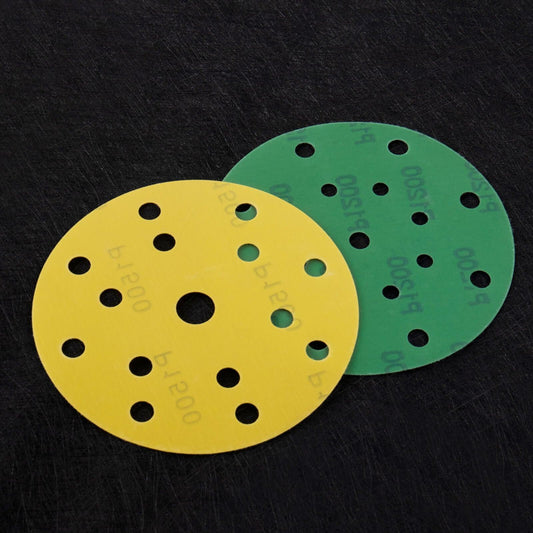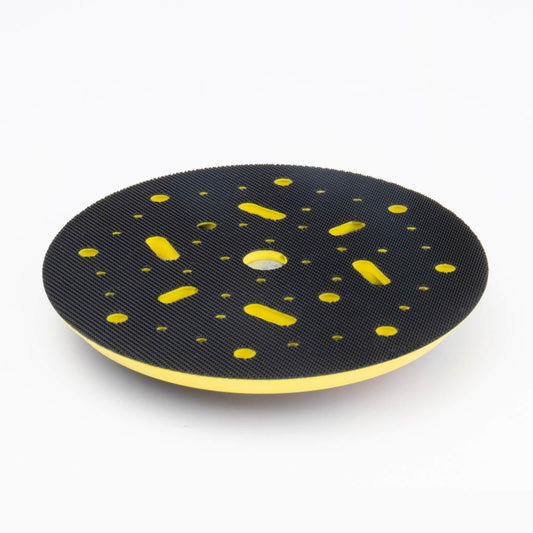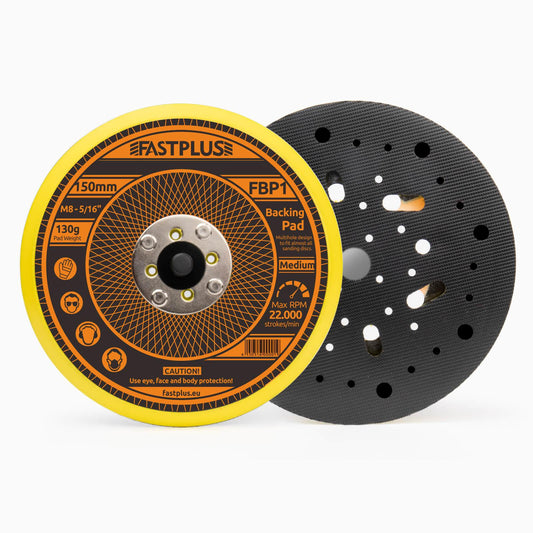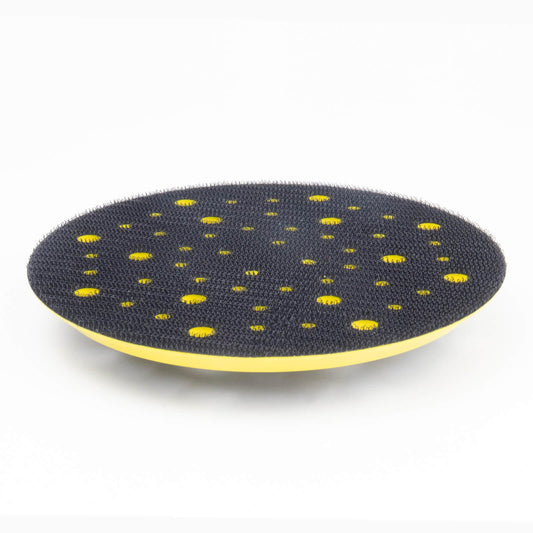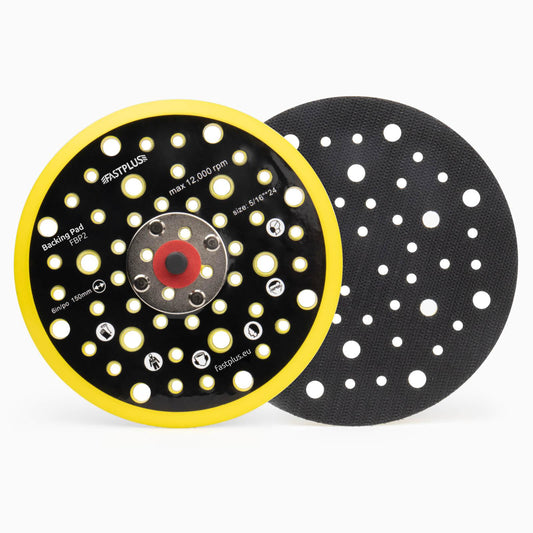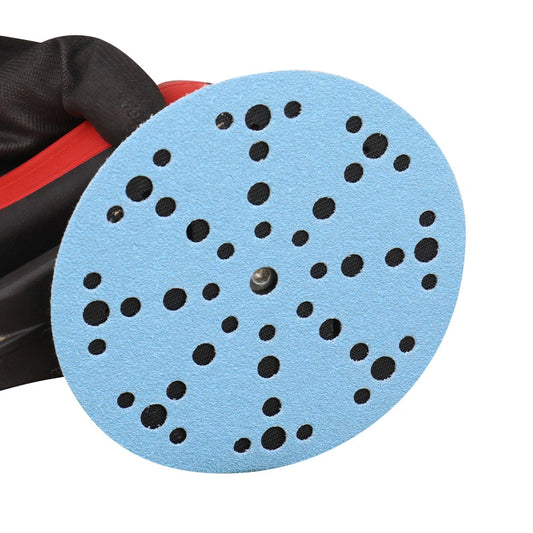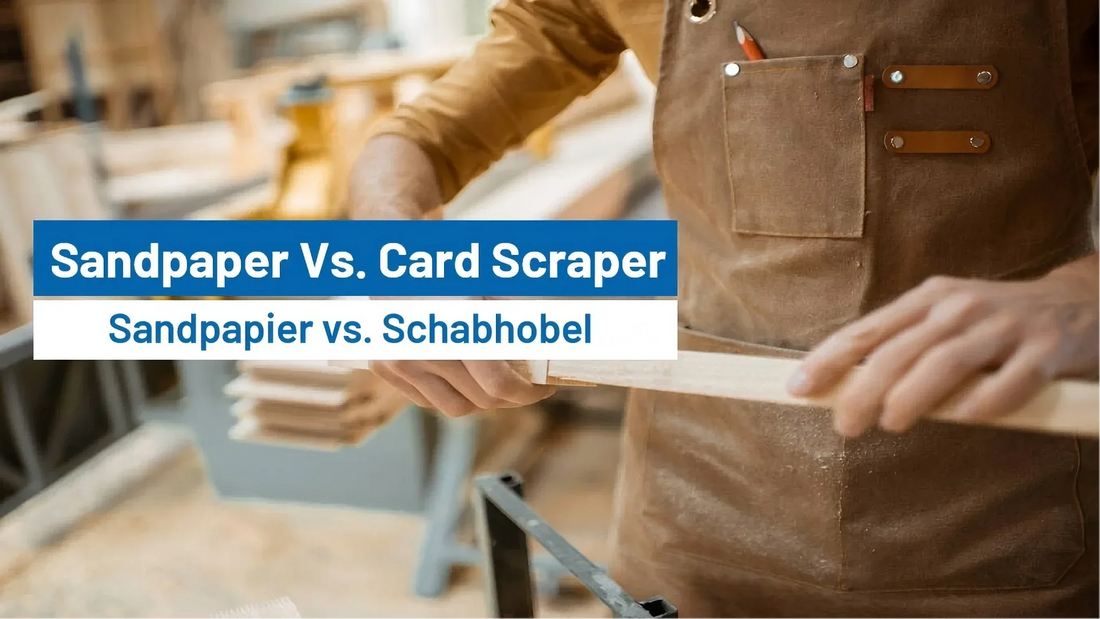
Sandpaper Vs. Card Scraper
When it comes to smoothing wood surfaces and achieving a flawless finish, both sandpaper and card scrapers are valuable tools. Each has its strengths and ideal applications. Understanding their differences will help you decide which tool best suits your woodworking projects. Let's explore the characteristics, benefits, and best-use scenarios for sandpaper and card scrapers.
What is Sandpaper?
Sandpaper is a widely used abrasive tool that consists of a coated backing material embedded with abrasive grains. It comes in various grit levels, from coarse to ultra-fine, providing versatility for different stages of wood preparation and finishing.

Advantages of Sandpaper
- Versatility: Sandpaper is available in different forms, such as sheets, rolls, discs, and belts. It can be used manually or with power tools, making it suitable for both small touch-ups and large surface preparation.
- Ease of Use: Sandpaper requires minimal skill, making it ideal for beginners. Simply apply consistent pressure and work in even strokes.
- Finishing Control: With varying grits available, sandpaper allows users to control the surface texture, ensuring a smooth and polished finish.
- Flexible for Contours: Sandpaper can adapt to curves, moldings, and intricate details better than rigid tools like scrapers.
What is a Card Scraper?
A card scraper is a thin, flat piece of hardened steel with a burr edge that shaves thin layers of wood. It is commonly used by experienced woodworkers for achieving ultra-smooth finishes without relying on sandpaper.
Advantages of a Card Scraper
- Superior Smoothness: Card scrapers excel at removing fine imperfections, dried glue, and raised wood fibers, leaving behind a glass-like finish.
- Dust-Free Operation: Unlike sandpaper, a scraper produces fine shavings rather than dust, reducing cleanup time.
- Cost-Effective: Card scrapers are durable, and with proper sharpening, they can last for years with minimal maintenance costs.
- Ideal for Hardwoods: Scrapers are excellent for smoothing tough hardwoods like oak, maple, and walnut.
Comparing Sandpaper and Card Scraper
| Feature | Sandpaper | Card Scraper |
|---|---|---|
| Ease of Use | Beginner-friendly | Requires skill for effective use |
| Finish Quality | Smooth finish with finer grits | Ultra-smooth finish with fine shavings |
| Dust Production | Produces significant dust | Produces shavings, less dust |
| Surface Coverage | Effective on both flat and curved surfaces | Best for flat surfaces and hardwoods |
| Cost Efficiency | Requires regular replacement | Long-lasting with proper sharpening |
When to Use Sandpaper
- For general-purpose wood sanding tasks.
- When working with delicate curves, intricate details, or rounded surfaces.
- When performing finishing touches on painted, varnished, or stained surfaces.
- For sanding between coats of paint or finish to achieve a smooth texture.
When to Use a Card Scraper
- When working on hardwood surfaces requiring precision.
- For removing stubborn glue spots, paint drips, or raised wood fibers.
- When seeking a superior finish with minimal sanding dust.
- For flattening high spots in wood joints or tabletops.
Combining Both for Optimal Results
For the best woodworking results, many craftsmen combine sandpaper and card scrapers. Use a card scraper to remove glue residue, imperfections, or raised grain, then follow up with fine-grit sandpaper to achieve an ultra-smooth finish. This method maximizes efficiency while delivering outstanding results.
Tips for Using Sandpaper
- Choose the Right Grit Sandpaper: Start with coarse grits (e.g., 60-80) for heavy material removal, then progress to finer grits (e.g., 220-400) for a polished finish.
- Sand with the Grain: Always sand in the direction of the wood grain to avoid visible scratches.
- Use a Sanding Block: For flat surfaces, a sanding block ensures even pressure and consistent results.
- Control Dust: Wear a dust mask and use a vacuum or dust extraction system when sanding indoors.
Tips for Using a Card Scraper

- Sharpen Properly: Use a burnishing tool to create a fine burr edge on the scraper for optimal performance.
- Angle Control: Hold the scraper at a slight angle (approximately 45 degrees) to achieve a clean shaving action.
- Light Pressure: Avoid excessive pressure to prevent gouging or uneven surfaces.
- Maintain the Edge: Regularly refresh the burr to maintain cutting efficiency.
Maintenance and Care
Sandpaper Maintenance
- Store sandpaper in a dry, flat place to prevent curling or degradation.
- Keep unused sheets in a sealed bag to reduce exposure to moisture and dust.
Card Scraper Maintenance
- Regularly hone the scraper’s edge with a sharpening stone or file.
- Use a burnisher to create a fresh burr edge before each use.
- Store scrapers in a protective case or wrap them in cloth to prevent damage.
Conclusion
Both sandpaper and card scrapers are indispensable tools in woodworking. While sandpaper is versatile and easy to use, a card scraper offers precision and a dust-free finish ideal for hardwoods. By understanding their strengths and weaknesses, you can confidently choose the best tool for your project or combine both for exceptional results. For high-quality sandpaper that guarantees durability and smooth finishes, trust FastPlus for all your sanding needs.


